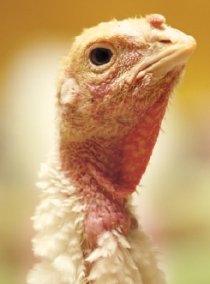Epidemiology of Avian Metapneumovirus
Avian Metapneumovirus (aMPV) is distributed in most areas of the world with the exception of the Australasian region. Different subtypes can co-circulate in the same area at the same time, but only subtype C is found in USA.
It is generally accepted that turkeys are the most important natural hosts of aMPV followed by chickens. Infection is found in turkeys and chickens of all ages. AMPV can also cause disease in ducks and guinea fowl, and feral guinea fowl may play an important part in the transmission of infection. The virus has also been recognized in wild birds (e.g. house sparrows, gulls, wild ducks and geese) and antibodies to aMPV have been found in several species of wild birds, suggesting that they could be its natural reservoir. However, the exact role of migratory species in the epidemiology of aMPV remains to be established.
The most severe clinical signs are seen in young turkeys, broilers and heavy breeders during production. The morbidity rate is high and the mortality rate is dependent on the age of the birds when infected and the presence of concomitant infections with other (secondary) agents.
Spread of the virus
The aMPV is spread horizontally by aerosol, infected organic material or contaminated equipment. Detection in very young turkeys could be an indication of vertical transmission of the virus. Whilst there is no firm evidence that vertical transmission takes place in the field, strict hygiene measures are essential to minimise the risk of surface contamination of eggs and egg trays.

Avian Metapneumovirus is distributed in most areas of the world.

